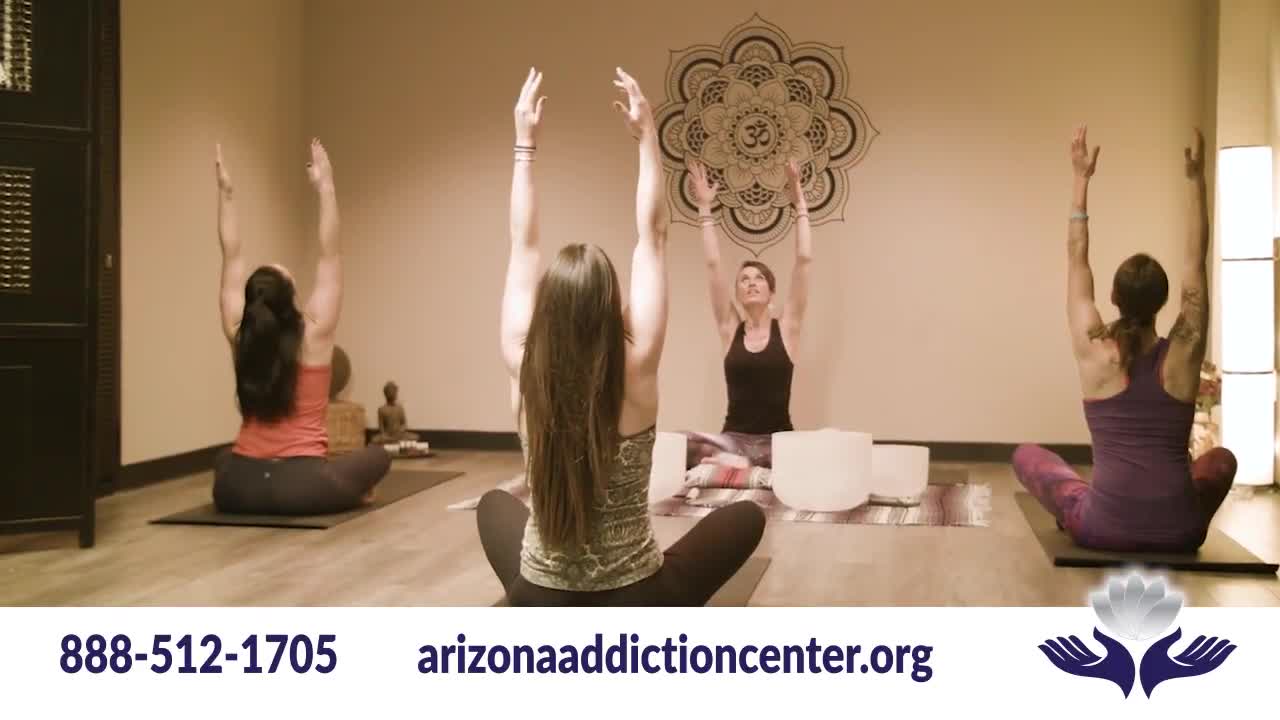How Does Social Media Influence Alcohol Use?

Social media has a heavy influence on most people’s lives. Social media provides excellent tools for keeping in contact with loved ones and sharing tidbits from everyday life. However, there are some dangerous concerns surrounding social media. Besides false realities and bullying, the alcohol and drinking culture the United States is experiencing is being propelled by social media.
The act of drinking can easily be recorded and shared to millions or just sent to a few close friends. Peer pressure, either knowingly or unknowingly, is likely to occur through social media.
How Can Social Media be Dangerous?
Social media is part of a vast majority of people’s lives, all over the world. Social media is used not just by the general public, but also by celebrities and businesses. A huge problem with social media is that many people convey their lives to be perfect and it is easy for others to assume that based on what is presented in front of them.
However, this assumption can prove to be dangerous. Social media also has the power to heavily influence the decisions of other people, based on what is being posted. Overexposure can cause certain topics to become normalized and look appealing, although they are the opposite.
Exposure to Alcohol Via Social Media
Instagram, Facebook, Twitter, and even Pinterest are frequented social media platforms that could heavily influence the choices we make in our day to day lives. The power of social media is to influence others. We see this with famous celebrities, icons, and even YouTube stars promoting products to their followers because they gain a commission. Although alcoholic products are typically not allowed to be promoted, these stars are heavily followed.
This means whatever they post will be seen by the masses. They may try to convey their life as “fun” and free of responsibility by posting various party photos. This gives the illusion desired by many that alcohol and drinking culture equals a good time.
But it is not just famous celebrities posting on their Instagram accounts about the new bar down the street. Social media has made it relatively a breeze to keep in contact and peak in on what almost anyone is doing at any given time. These subtle factors play a much larger role in how they influence not only teens but also adults. Snapchat, for example, is a popular social media app that allows users to share tidbits of their everyday life either in video or picture form. There are no regulations as to what you can post. This unregulated format could prove to be especially dangerous.
Peer Pressure on Teens and Adults
Social media can give the illusion of a “perfect” life, but it can also lead to peer pressure on both teens and adults. Teens, usually more so than adults, have an intense desire to fit in and that makes them especially vulnerable to giving into dangerous situations to stay part of the crowd. Your friends may all be on Twitter, tweeting each other about a party later that week. However, you do not want to go because you know there will be drinking. Your friends make subtle jabs at you and may even start leaving you entirely out of their conversations. In order to keep that security, you cave into the peer pressure and attend the party.
Peer pressure can also be associated with a person wanting to keep their particular “image”. If a person is at a party, they may have decided that they will not drink at that party. However, one of their friends soon whips out their phone. They begin recording for Snapchat and want to rape you shotgunning a beer. Everyone is chanting and the video is rolling. This is when the teen or adult could feel pressure, not just by the chorus of chants, but also by the need to perform for social media.
Businesses Advertise Alcohol on Social Media
The general public is not just to blame for promoting alcoholic products, but also businesses. Businesses of all size use social media as a means to promote themselves. While this could bring in traffic, it is also putting those images in front of everyone. This could be especially dangerous to teenagers and those below the drinking age, viewing this drinking culture. Popular brands that promote on Facebook are Stella Artois and Busch. Granted, all the big breweries and distilleries have social media accounts. This makes reaching the public a breeze.
Busch, which features mountain tops on their cans, is currently running a campaign that urges consumers to put the can “back in its natural environment”. The can changes colors in the sun to reveal a code to enter a contest. The specific ad targets outdoor enthusiasts but also regards the beer as natural. Although most adults know that beer is not as healthy as a fresh mountain stream, young kids or even teenagers may not be able to pick up on that.
Small businesses also promote alcohol through social media. You may see your local bar making a post or the new happening place in the next town over. These small businesses usually have a more powerful effect on consumers that follow them, since they are most likely one of the local watering holes. A small business may set up an ad that says, “mommin’ ain’t easy. Come in for half price wine flights”. This influence can potentially be dangerous, especially if a person’s social media accounts are littered with similar ads.
The power of social media has the potential to be dangerous. If you or someone you love is struggling with alcohol abuse, reach out today. Arizona Addiction Recovery Center has a dedicated team of professionals that specialize in formulating individualized plans for recovery. Making a phone call is the first step on the road to recovery and a healthier you.




